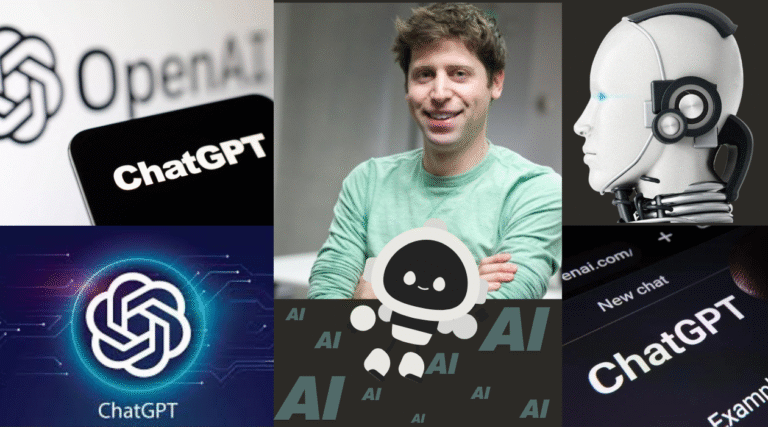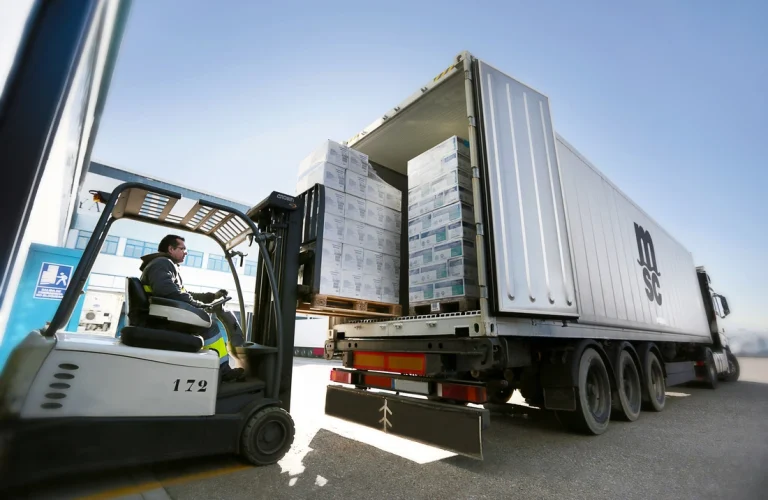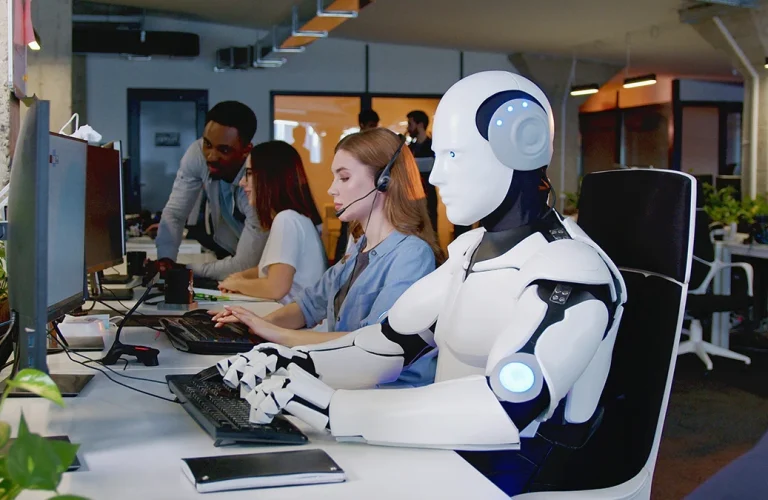From Hype to Impact: How Real AI Is Quietly Powering India’s Next Business Revolution
When people think of AI in 2025, many still imagine ChatGPT answering emails or writing blog posts. But the truth is far deeper—and more exciting. Indian businesses are quietly embedding AI into core operations—not for hype, but for real transformation. From agriculture to banking to logistics, AI is reshaping how companies cut costs, make decisions, and grow sustainably. This blog dives into real-world use cases—proven, factual, and often overlooked. Just powerful AI strategies that Indian businesses are using right now, and how you—especially if you’re an MSME—can learn from them.

Use Case 1: AI-Powered Cold-Chain Logistics
Brand: Ninjacart
The Problem: Perishable produce often spoils before reaching markets, especially in rural-to-urban supply chains.
- Temperature variance during transit
- Travel time and road conditions
- Historical spoilage patterns
- Real-time weather forecasts and market trends
- 25–40% reduction in waste (Ninjacart reports less than 1% food loss)
- Faster delivery to urban centers
- Improved profitability for farmers and vendors

Use Case 2: AI for Micro-Lending & Financial Inclusion
Brand: CreditEnable
The Problem: MSMEs without formal credit histories often struggle to access working capital.
CreditEnable (and similar platforms in India) uses AI-based credit scoring systems that evaluate:
- Transaction volume and GST data
- Mobile wallet activity
- Social media trust signals and vendor ratings
Impact:
- Faster loan approvals
- Better loan recovery rates
- Inclusion of underserved entrepreneurs
Lesson for MSMEs:
Even if you’re not in fintech, this use case shows how AI can analyze unconventional data to make smarter decisions. For example, retail stores can track repeat customer patterns to offer flexible payment models.

Use Case 3: Conversational AI in Customer Support
Brand: Ada Health
The Problem: Many individuals face challenges in accurately identifying their symptoms and knowing when to seek appropriate medical care. This often leads to unnecessary doctor visits for minor issues or delay for serious conditions.
Ada Health employs a sophisticated AI-powered symptom assessment platform designed to:
- Provide Personalized Symptom Assessment: Users input their symptoms through an interactive chat interface. Ada’s AI asks a series of personalized follow-up questions to gather more context, mimicking a doctor’s consultation.
- Generate Probable Conditions and Information: Based on the assessment, Ada provides a list of potential conditions, along with detailed, evidence-based information about each. This empowers users with knowledge about their health.
- Guide to Appropriate Next Steps: Ada doesn’t diagnose but recommends suitable next steps, such as self-care advice, monitoring symptoms, or suggesting a consultation with a healthcare professional (e.g., GP, specialist, or emergency services if needed).
- Offer 24/7 Accessibility: The chatbot is available around the clock, providing immediate preliminary health guidance without geographical or time constraints.
Impact: Ada Health’s AI in healthcare has significantly impacted user behavior and healthcare access by:
- Empowering Users: Giving individuals more control and understanding of their health, reducing anxiety, and improving health literacy.
- Optimizing Healthcare Utilization: Helping users decide if and when they need to see a doctor, potentially reducing unnecessary GP visits for minor ailments and freeing up medical professionals’ time for more critical cases.
- Improving Early Identification: In some cases, guiding users to seek timely professional medical attention for potentially serious conditions they might have otherwise dismissed.
- Enhancing Patient Education: Providing reliable, accessible health information based on a vast medical knowledge base.
Lesson for MSMEs: This approach can be applied beyond healthcare. Businesses can leverage AI-driven conversational tools to provide valuable, personalized guidance to their customers. Tools like Tara, BotPress, or Intercom can be adapted to create interactive guides or knowledge bases that intelligently respond to user queries, providing information, and directing users to appropriate resources, thereby automating significant portions of customer support.

Use Case 4: Computer Vision in Manufacturing
Brand: Tata Steel
The Problem: Manual inspection of defects on steel surfaces is time-consuming and inconsistent.
Tata Steel employs computer vision systems powered by deep learning to:
- Detect micro-defects in real time
- Grade quality automatically
- Alert teams for corrective actions
Impact:
- Improved product consistency
- Lower rejection and rework rates
- Enhanced safety compliance
Lesson for MSMEs:
Even small factories can start with open-source tools like OpenCV or use cloud-based tools like Amazon Lookout for Vision (pay-per-use) to get started on AI-assisted quality control. While OpenCV is free, developing solutions might require significant investment. Amazon Lookout for Vision offers a free tier but costs can increase with usage.

Use Case 5: Personalized Learning with Adaptive AI
Brand: Doubtnut
The Problem: Millions of students in Tier 2/3 cities struggle with getting real-time doubt resolution.
Doubtnut uses AI-based visual search + NLP to let students:
- Click a photo of a question
- Get step-by-step solutions in Hindi and other Indian languages
- Receive suggestions for similar problems
Impact:
- Learning gaps bridged faster
- Regional access improved
- Increased student engagement and course completion
Lesson for MSMEs:
If your business is in edtech or training, start exploring Vision AI + NLP to create regional, voice-friendly interfaces for Bharat users. Tools like Google Vision AI + ChatGPT API can help.

What All These Use Cases Have in Common
They don’t rely on huge budgets or massive data science teams. What unites them is:
- A sharp focus on solving real problems
- Creative use of affordable AI tools
- Local, often non-English-first user understanding
This is the real power of AI—not hype, not automation for automation’s sake, but intentional strategy that aligns with business value.
How Can Indian MSMEs Start Their AI Journey?
Here’s how to begin without breaking the bank:
- Start with First-Party Data:
Track user behavior using Matomo, Microsoft Clarity, or Zoho Analytics instead of jumping into AI prematurely. - Use No-Code AI Tools:
Try these budget-friendly platforms:- Pecan AI – for predictive analytics (sales forecasting, inventory) (Note: Pecan AI’s starting price point may be higher for very small MSMEs)
- Levity AI – to automate document classification or ticket tagging
- Flowise AI – to build AI-powered workflows without coding
- Pilot 1 Narrow Use Case:
Pick a single pain point—returns, quality control, or support—and prototype a solution. Validate ROI before scaling.
Final Thoughts: Beyond ChatGPT Is Where the Future Lies
Yes, ChatGPT is powerful. But the businesses leading the AI wave in India aren’t stopping there. They’re combining domain knowledge with targeted AI strategies—and they’re not waiting for perfect conditions. As an MSME, you don’t need to catch up to giants—you just need to act smartly, focus on your niche, and go beyond the chatbot.
